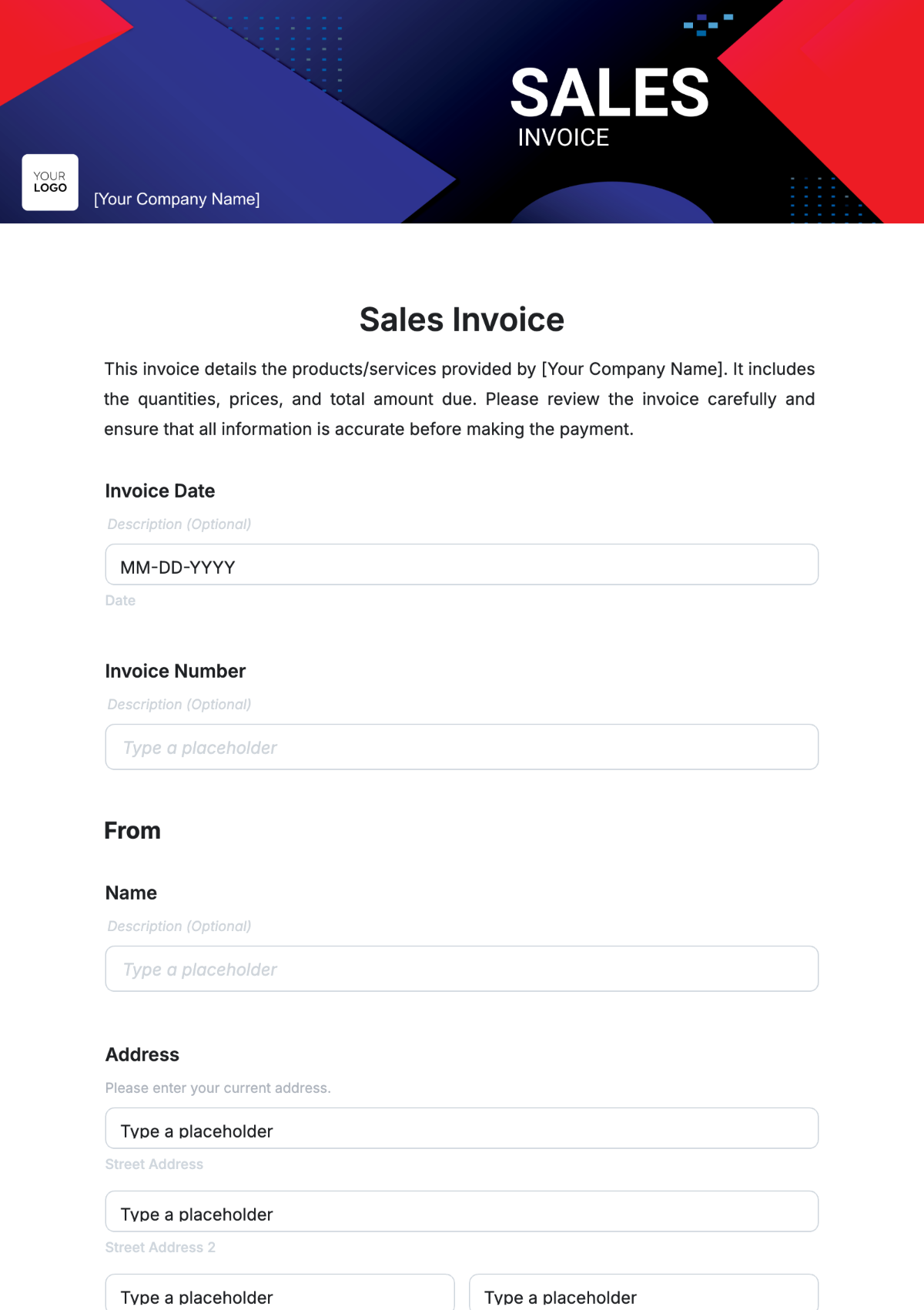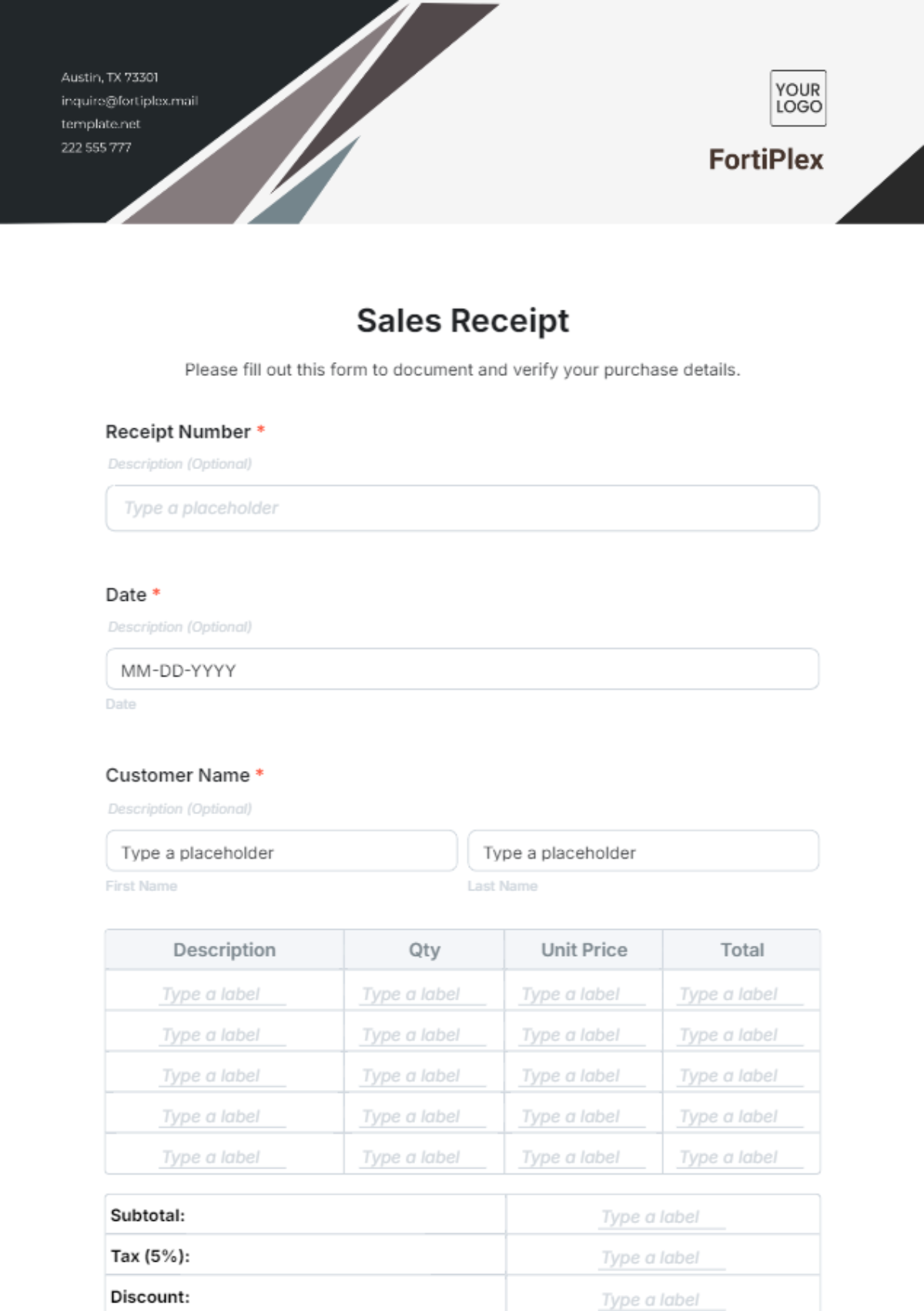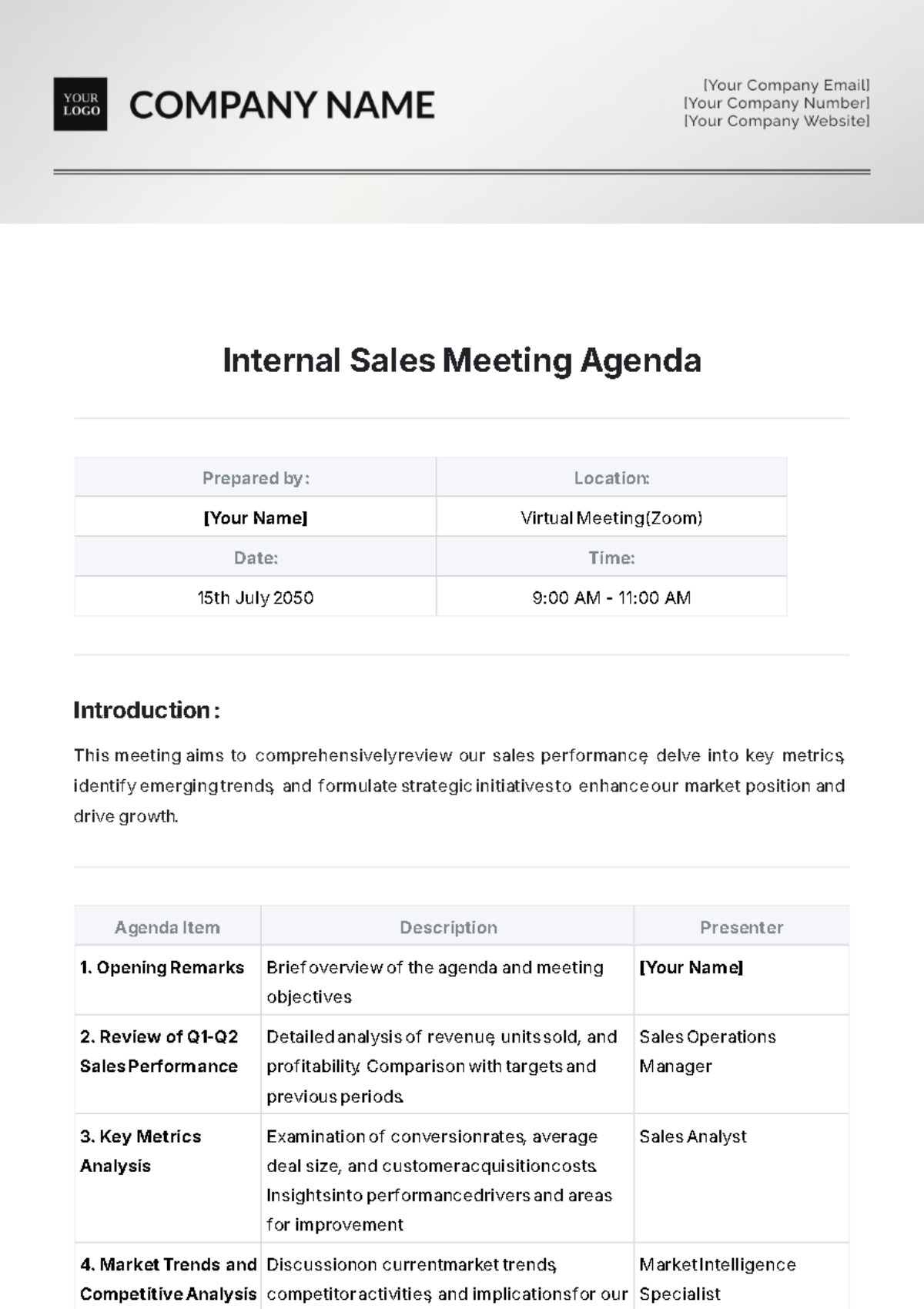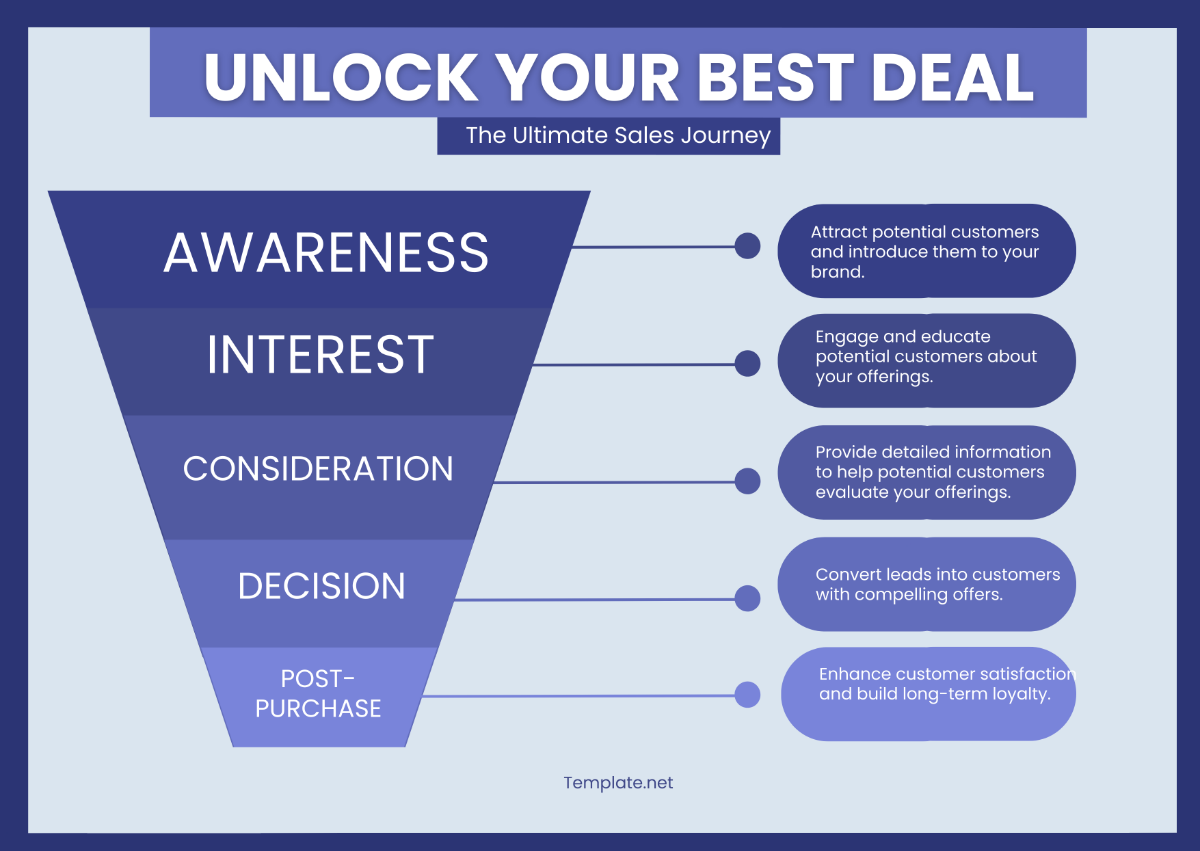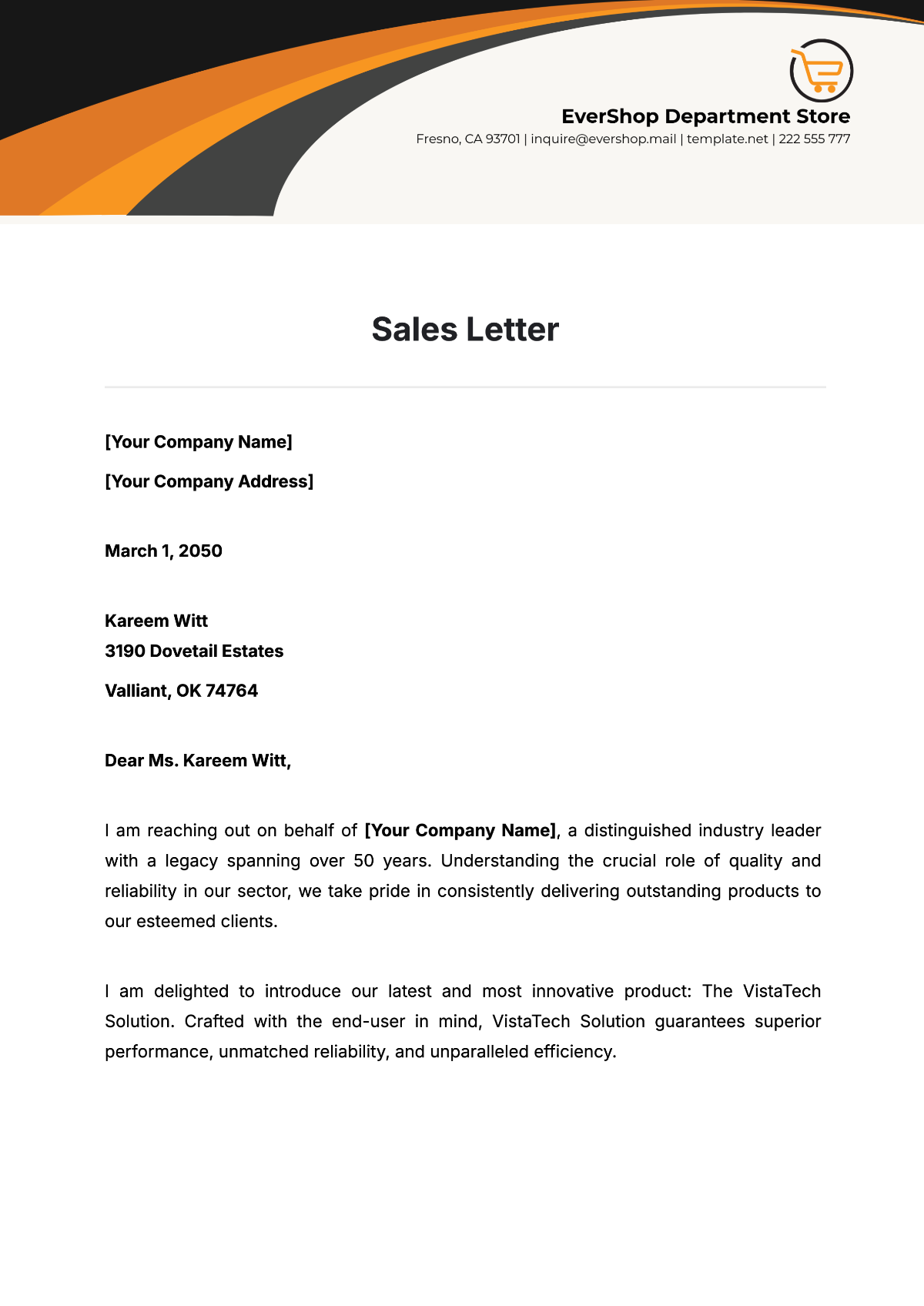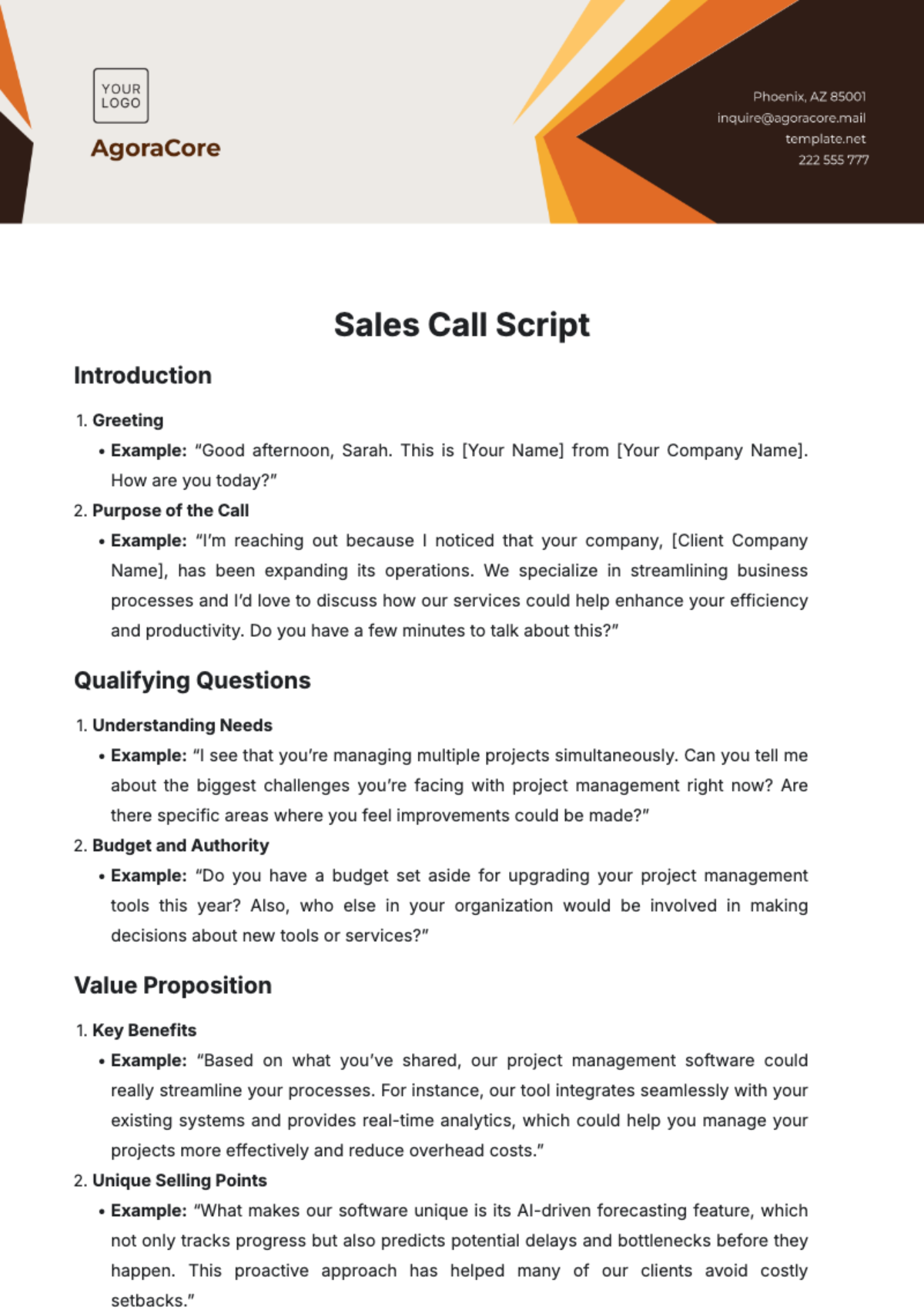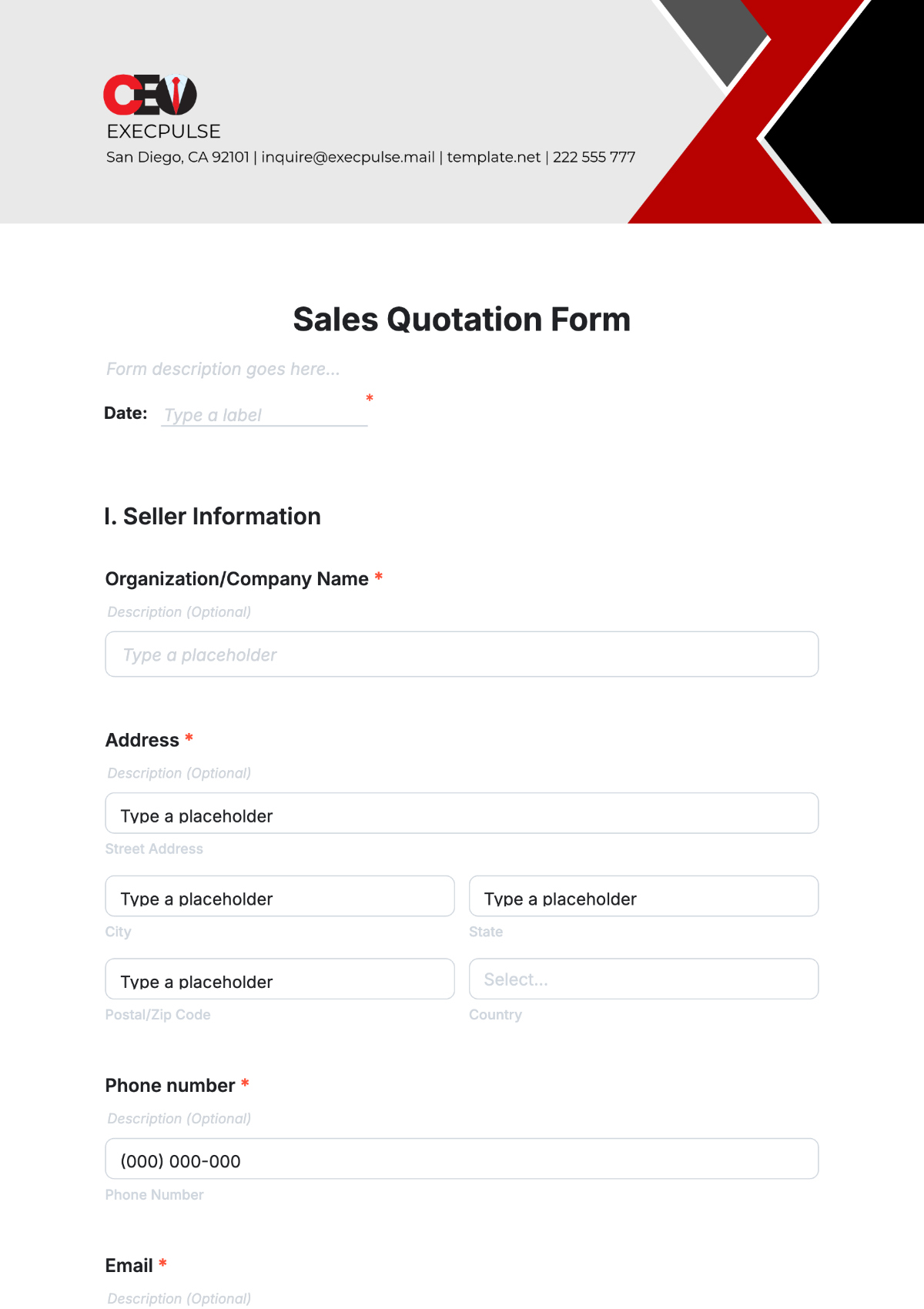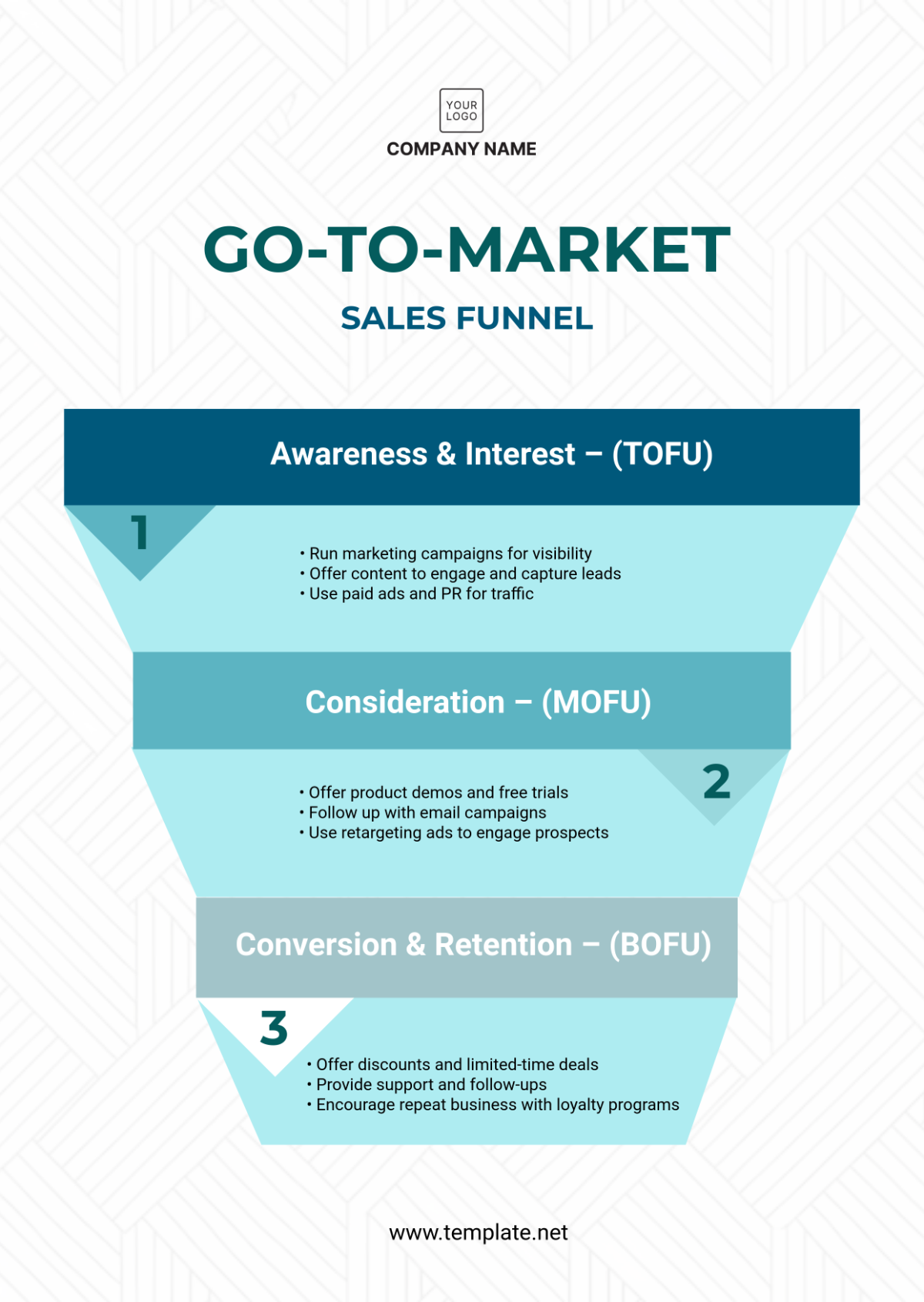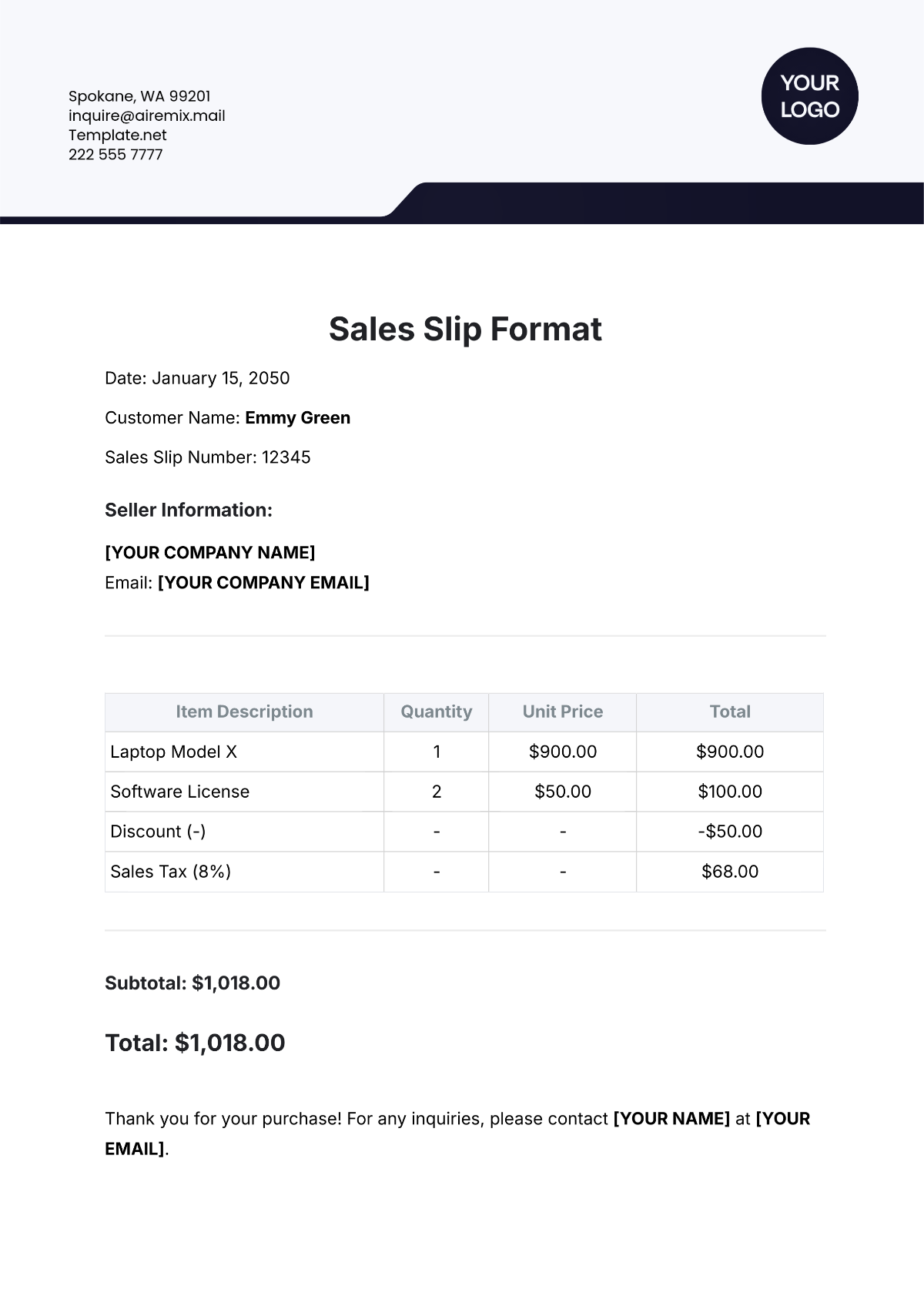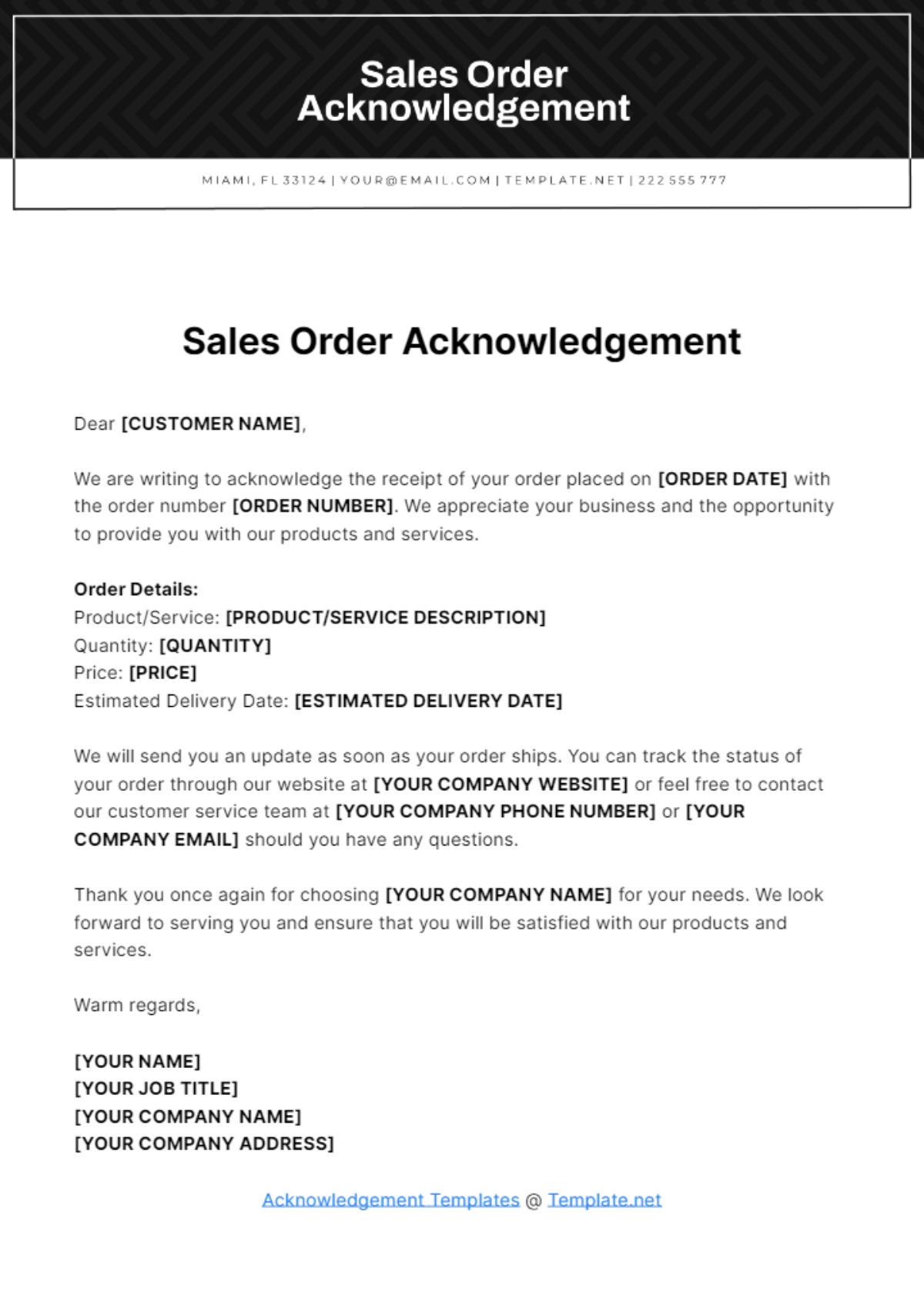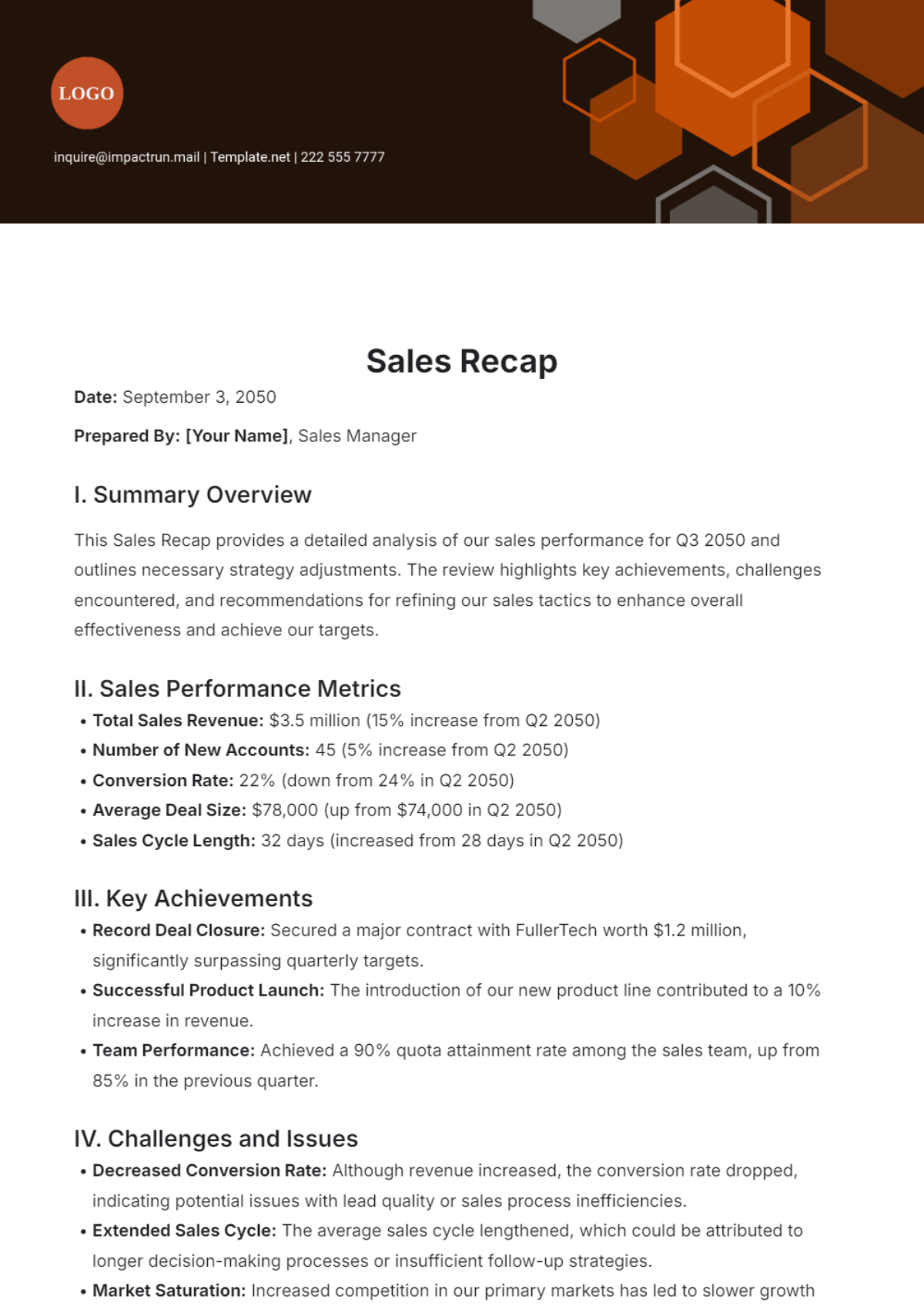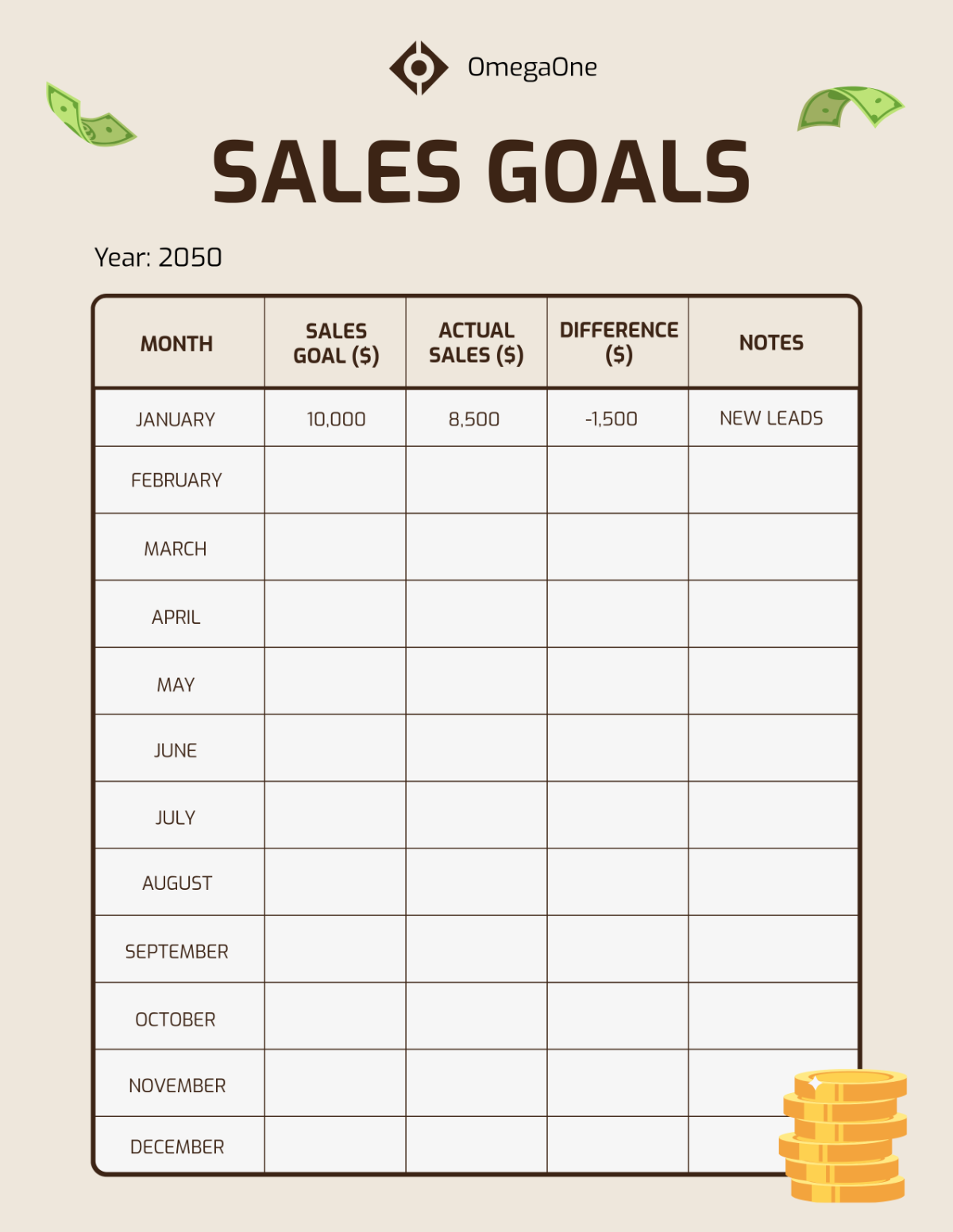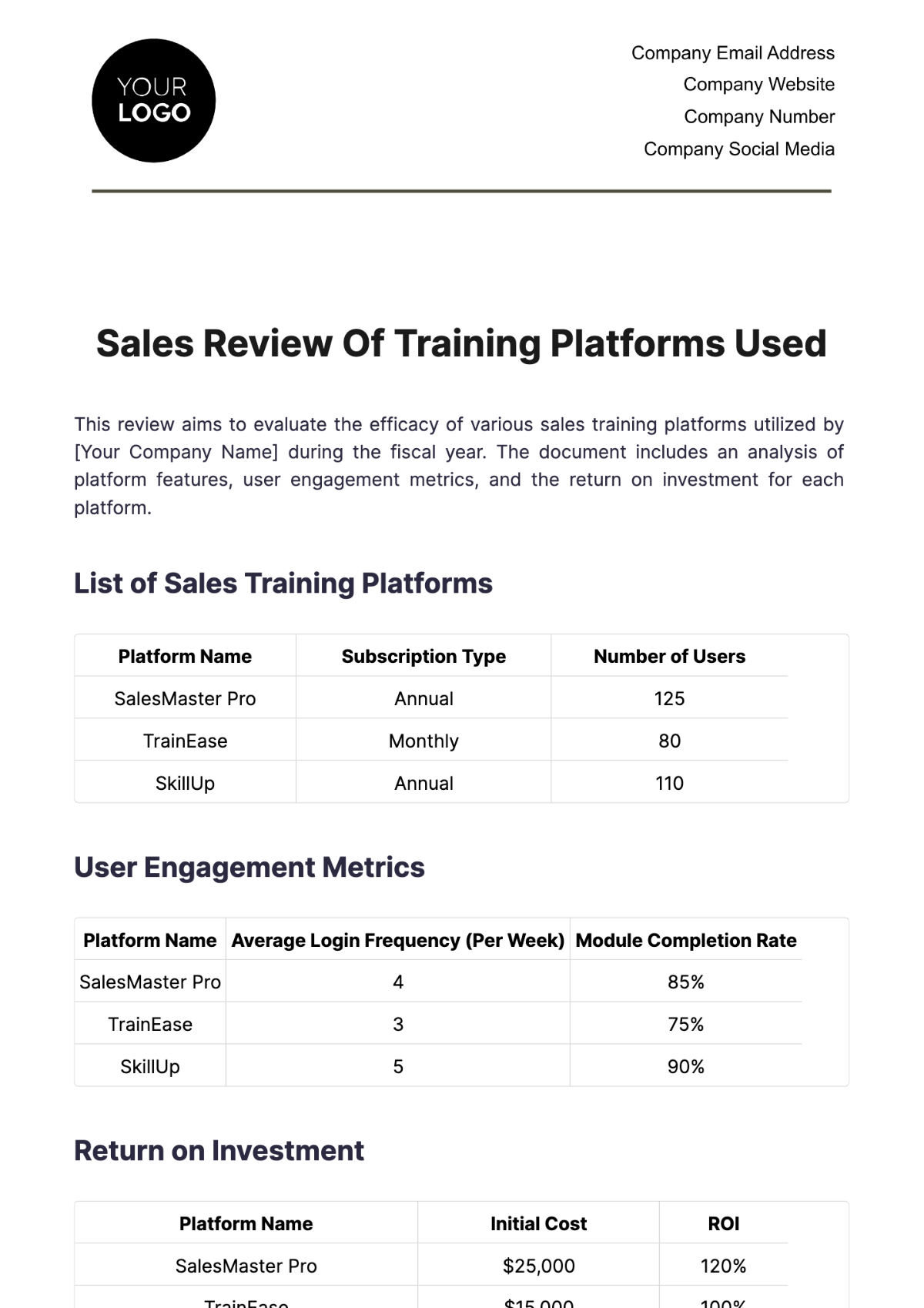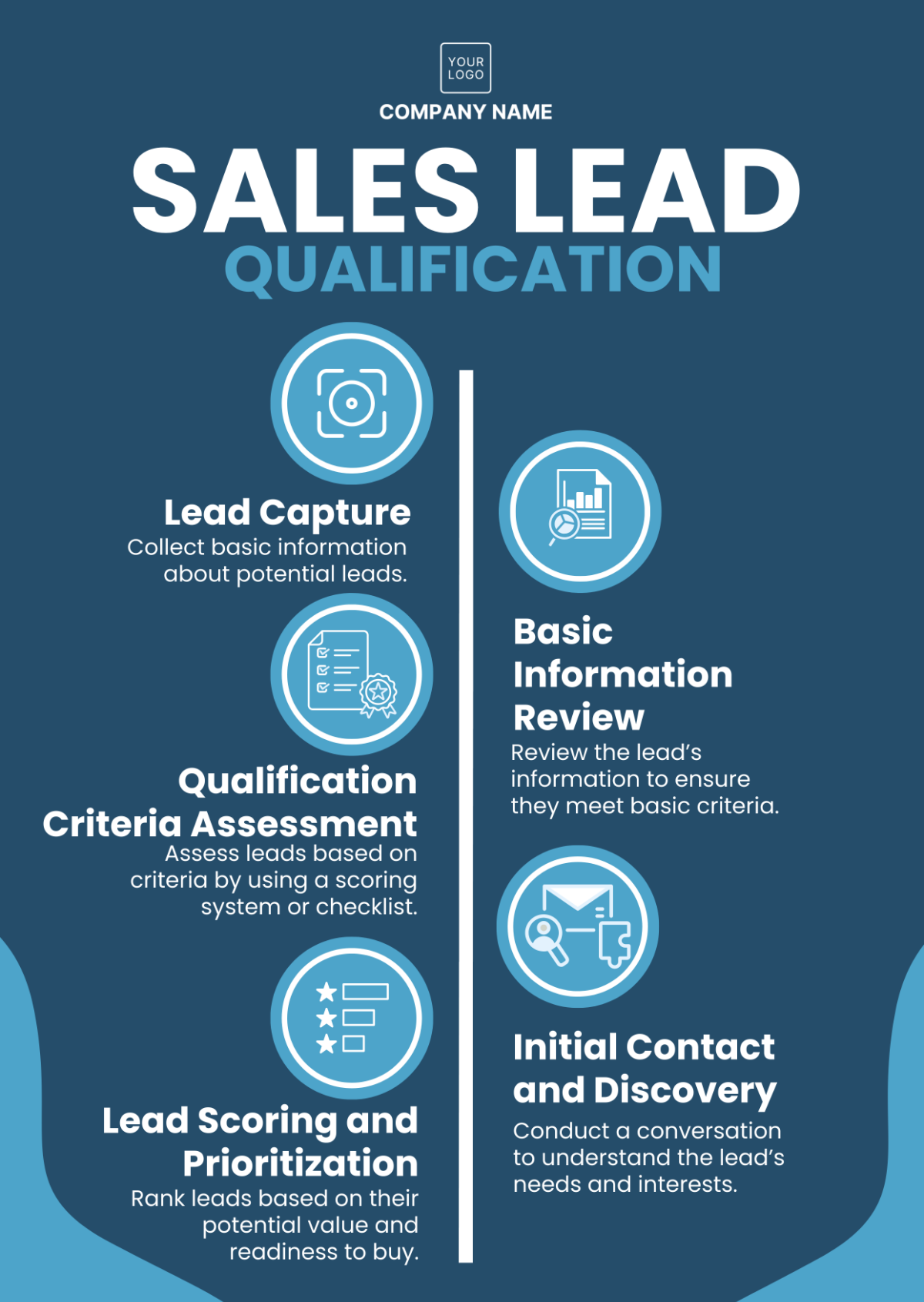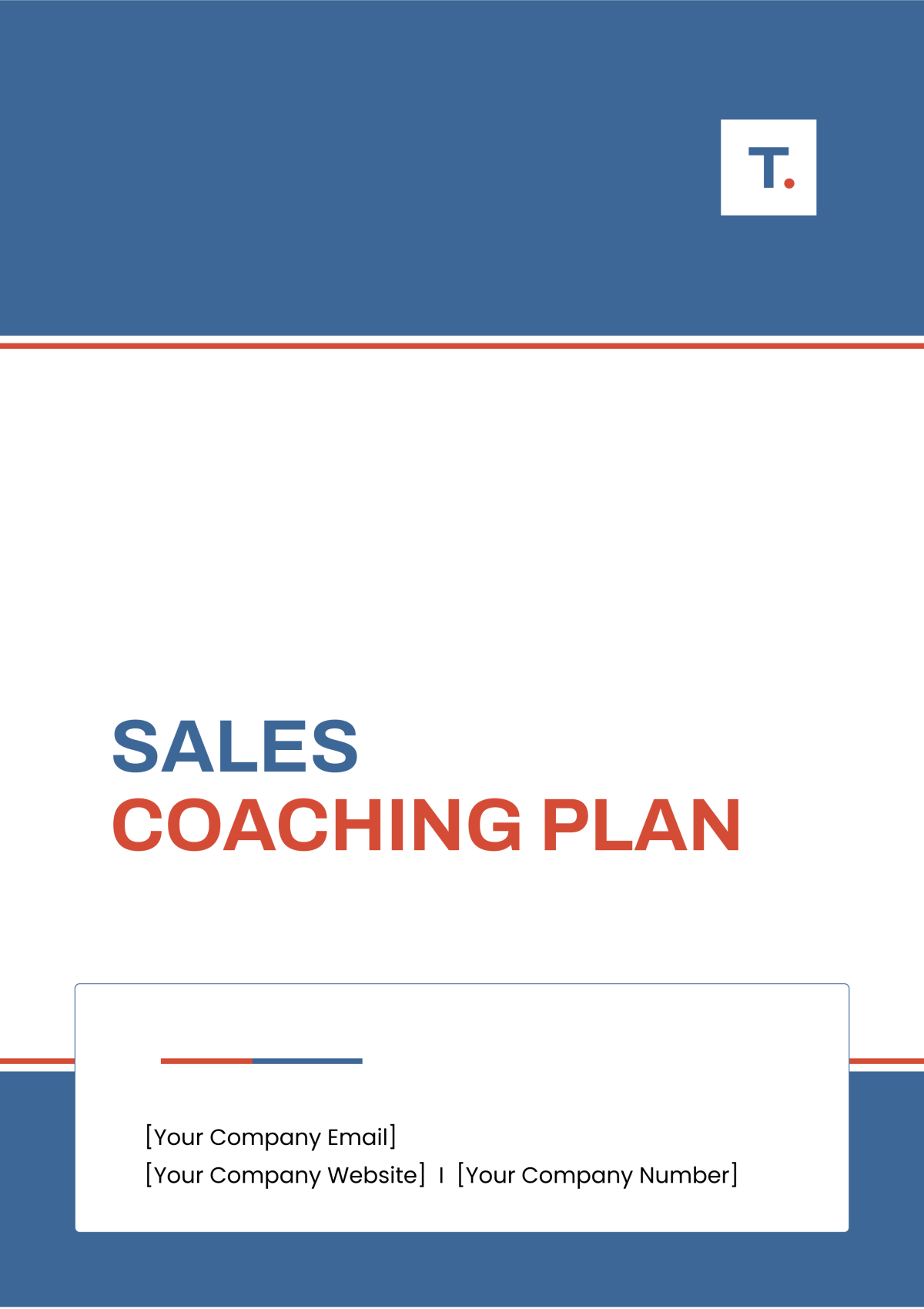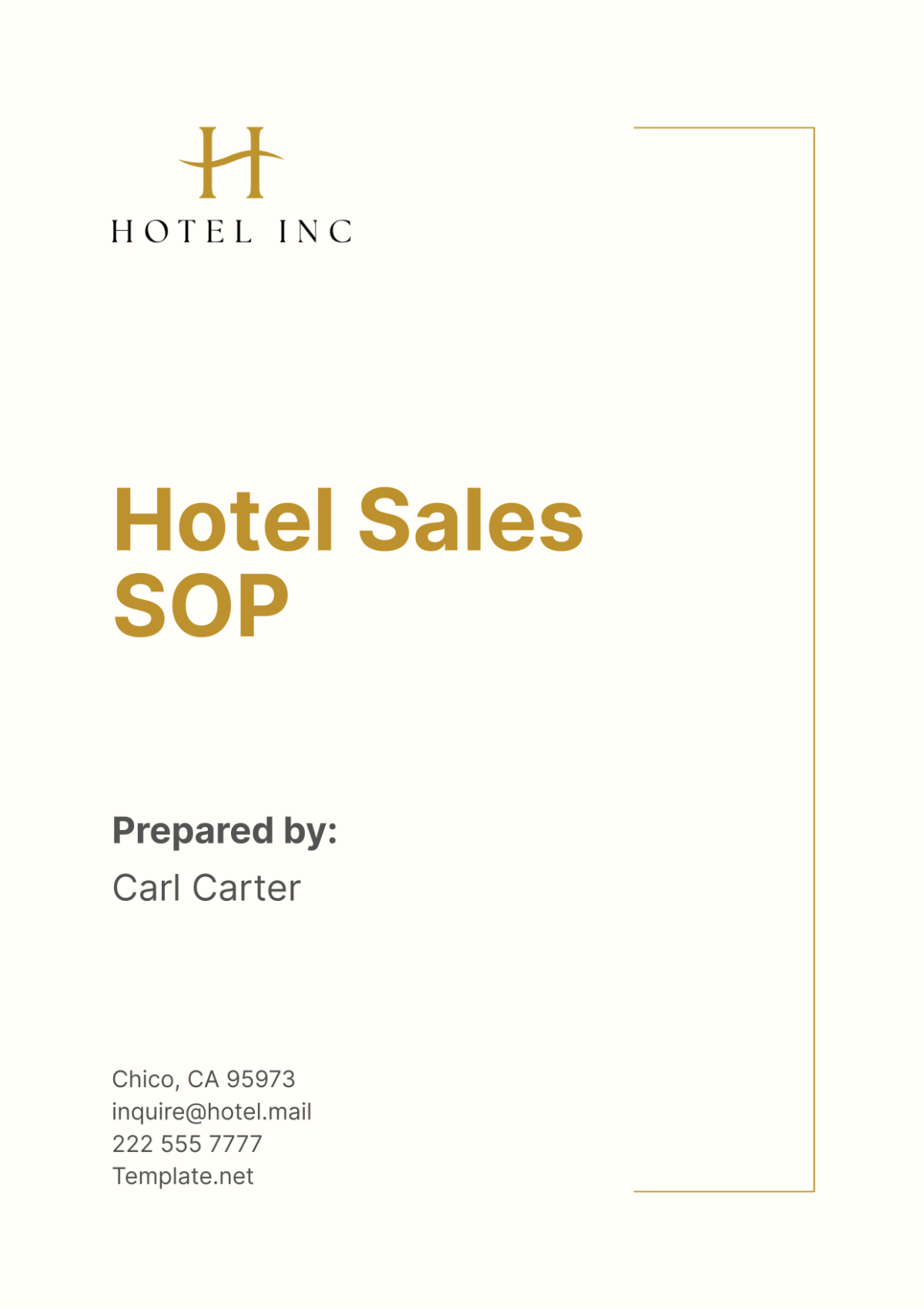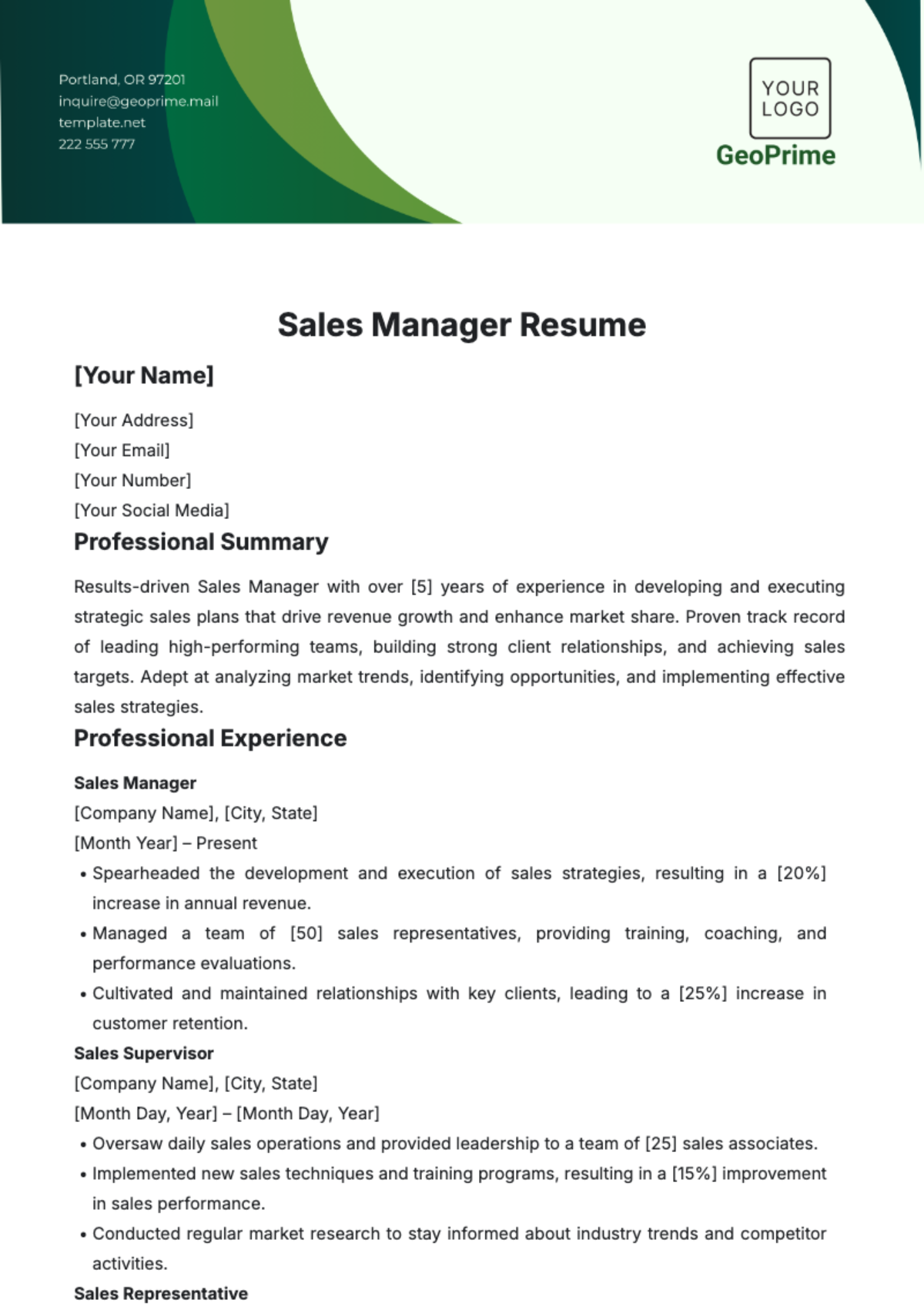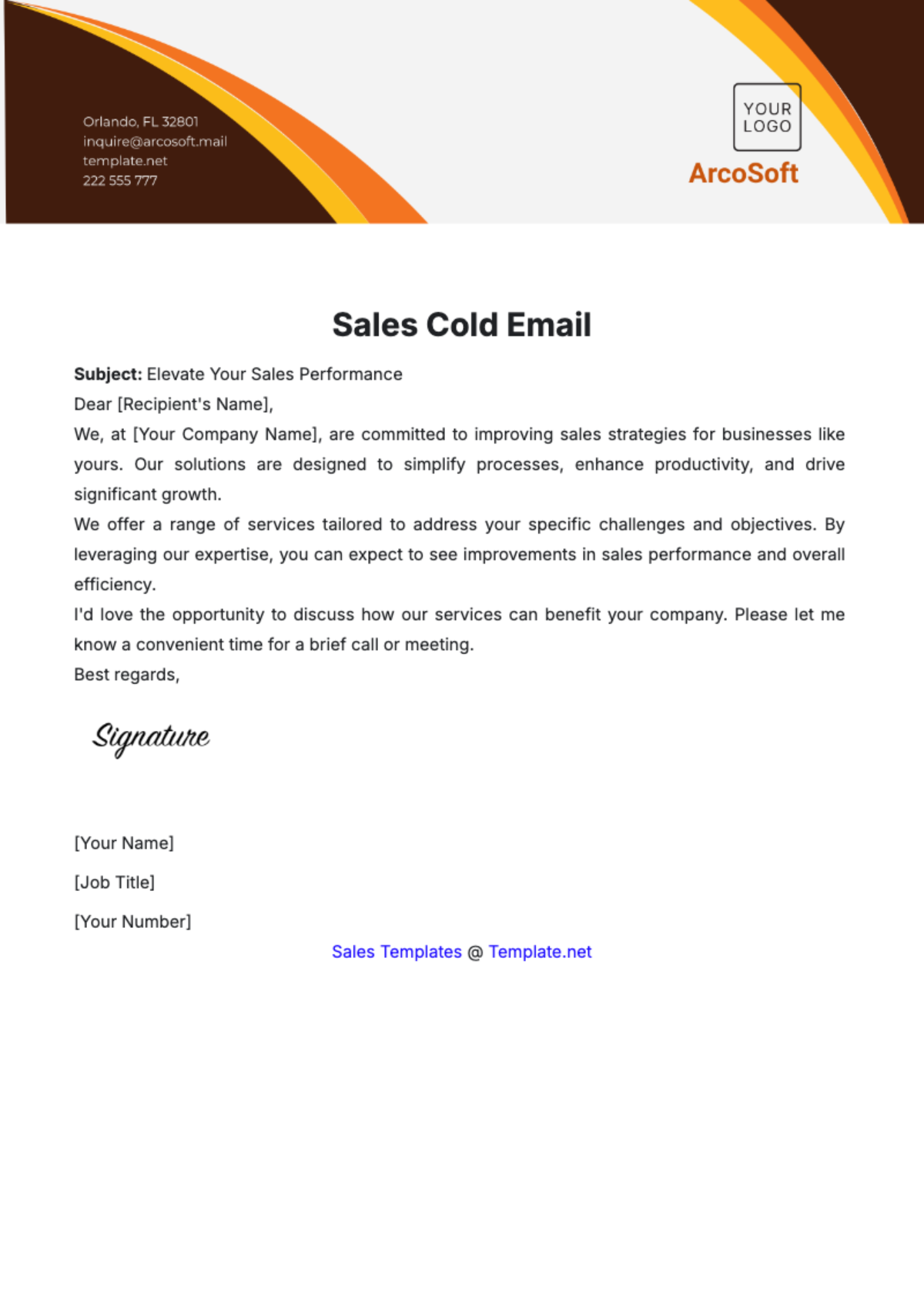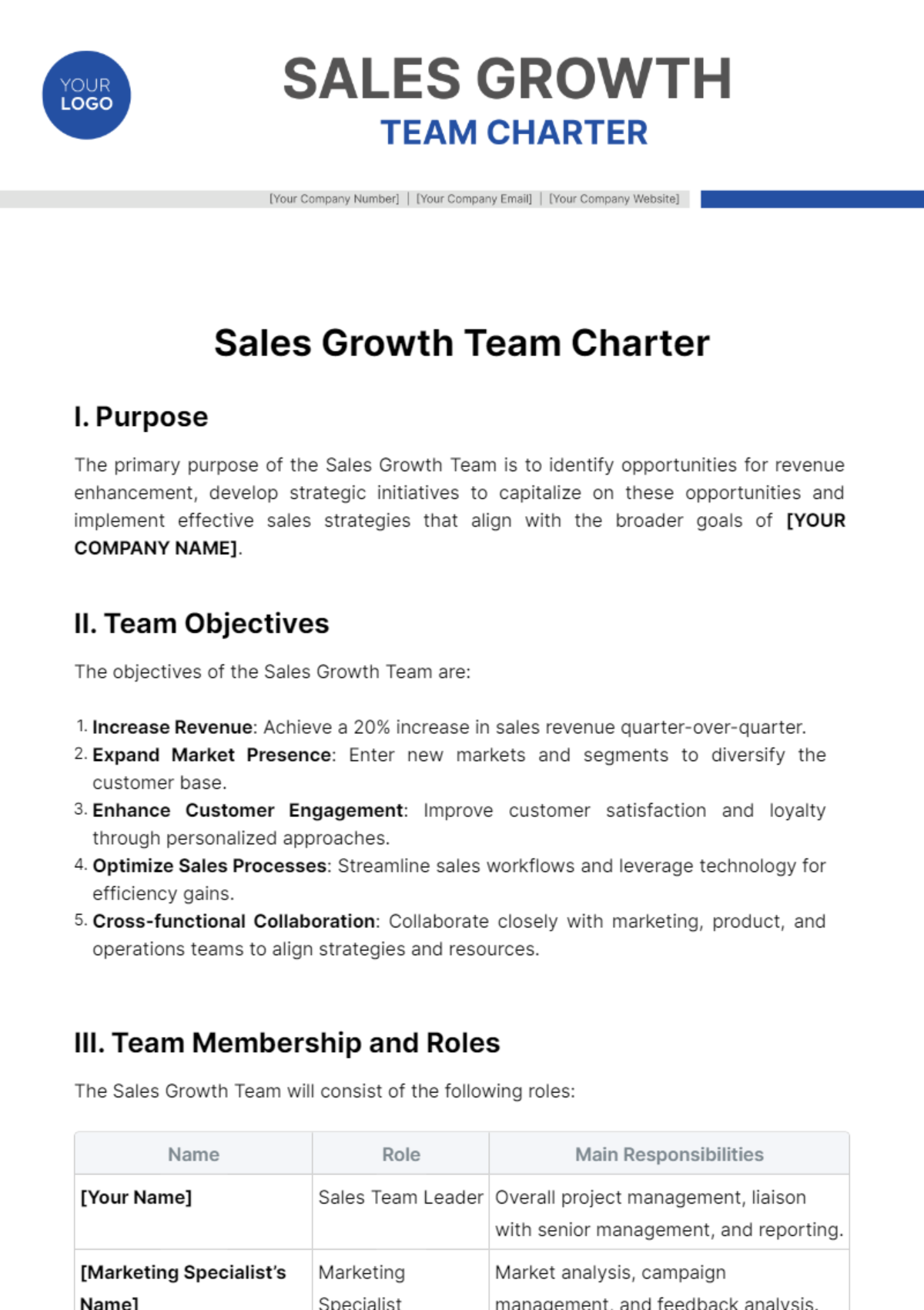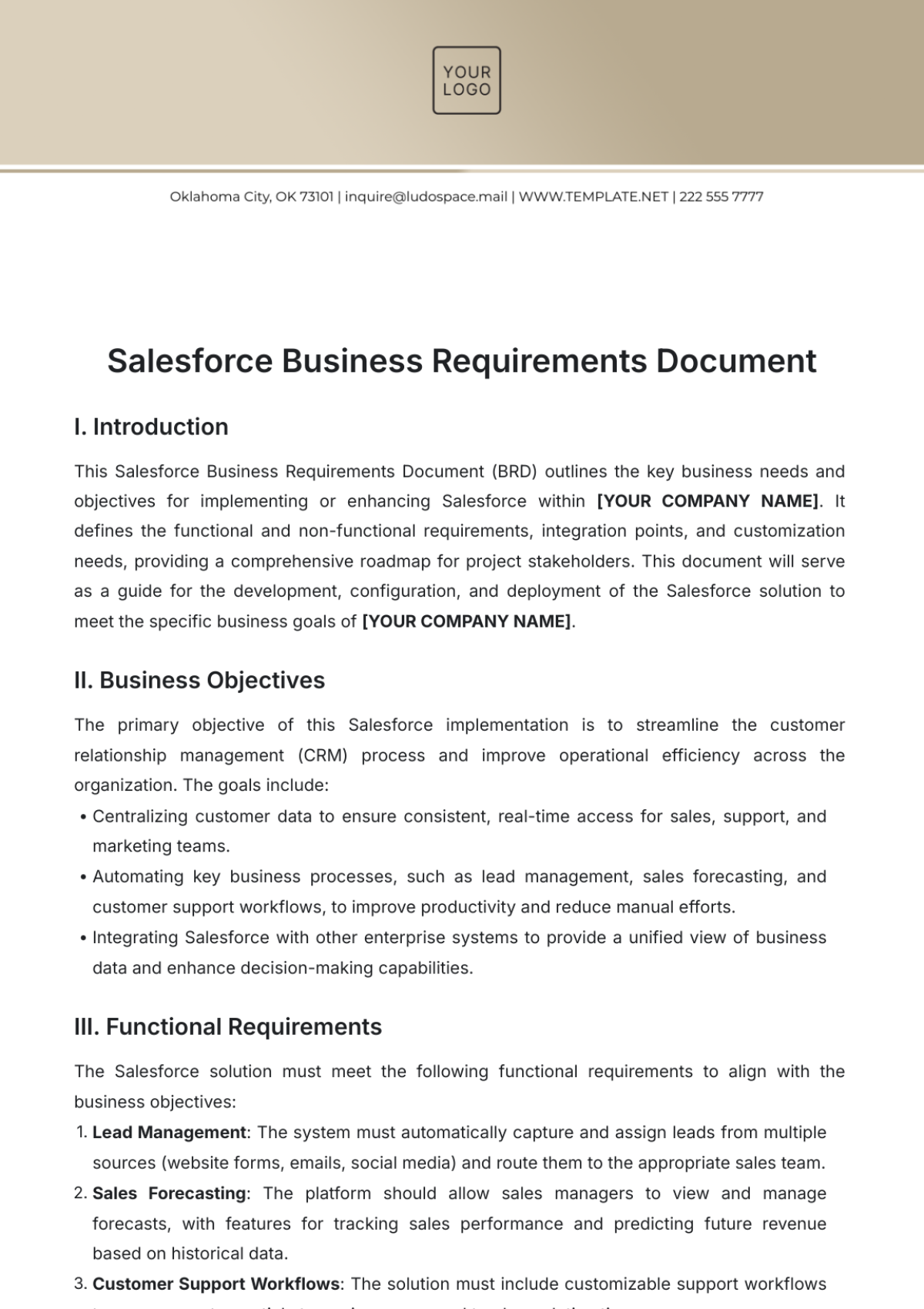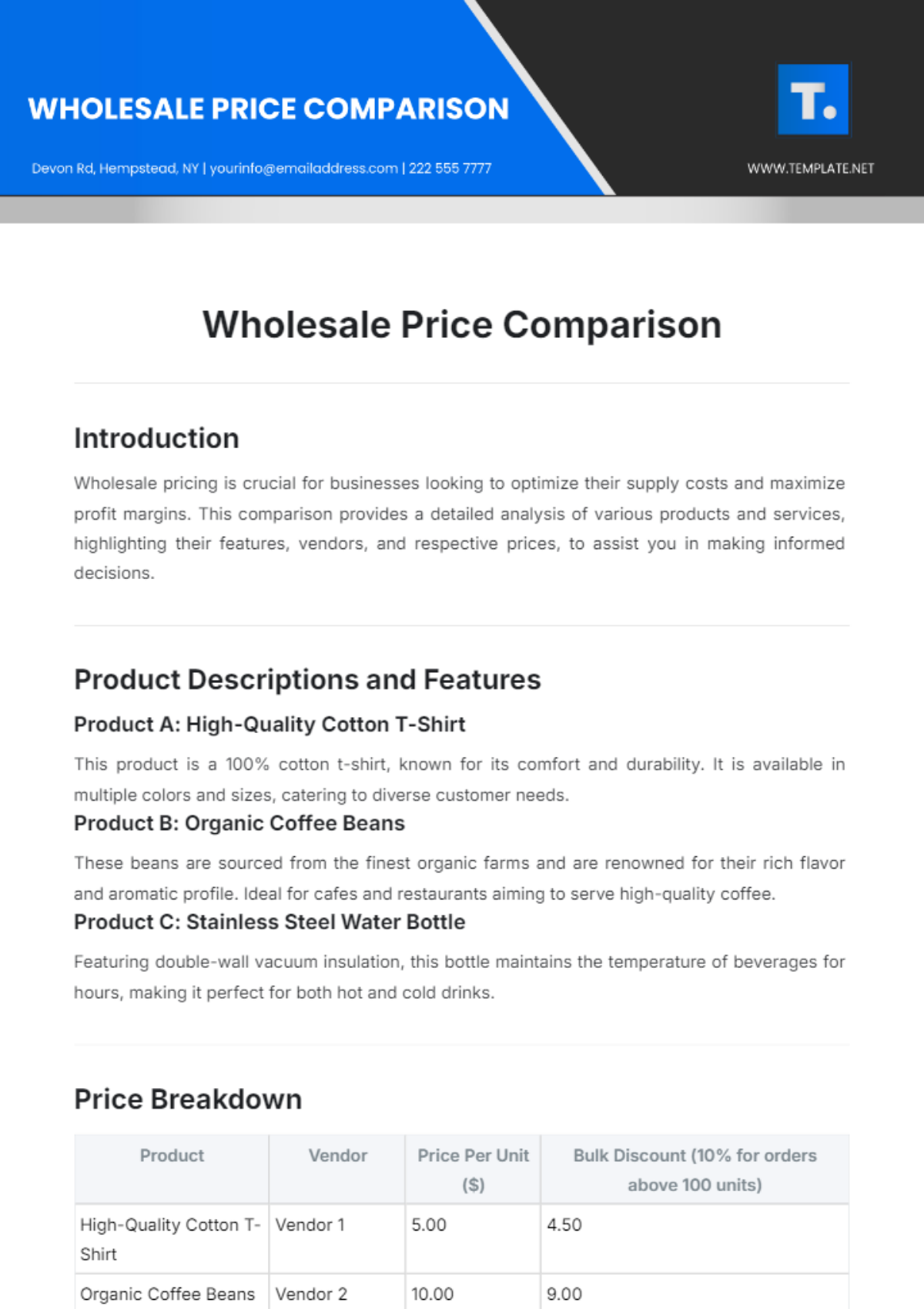Guide on Creating Sales Training Content
1. Introduction
Welcome to the Guide on Creating Sales Training Content, your invaluable resource for elevating your sales team's skills and knowledge. In the fiercely competitive world of sales, the ability to empower your salesforce with the right tools and information is nothing short of essential. This comprehensive guide is more than a mere manual; it's a compass navigating you through the often intricate and dynamic landscape of content creation for effective sales training.
The significance of your role as a sales trainer, instructional designer, or sales manager cannot be overstated. In your hands lies the power to equip your sales professionals with the skills and knowledge they need to excel in their roles, closing deals, and achieving organizational objectives. This guide is designed to support you in this mission, providing insights, best practices, and proven strategies to create training content that not only educates but also inspires.
Consider it your first step towards transforming your sales team into a dynamic force, capable of navigating the evolving challenges of the sales world. Through the pages of this guide, you will embark on a journey from understanding your audience and setting clear training objectives to crafting engaging content formats and embracing effective engagement strategies. You'll delve into the world of instructional design principles, discovering the science behind effective learning.
But that's just the beginning. You'll also explore the array of content creation tools at your disposal, understand the importance of assessment and evaluation, and learn how to keep your content up-to-date and compliant with legal and regulatory requirements. Real-world case studies and examples will illuminate your path, showing you what works in practice. Best practices will guide your every step, and a wealth of resources and references will be at your fingertips.
This Guide on Creating Sales Training Content is not just a static document; it's a dynamic resource that adapts to your unique organizational goals and audience needs. Customize the strategies and practices outlined here to meet the distinct objectives of your organization, and watch as your sales team flourishes, achieving remarkable results.
Welcome to a journey of transformation, where your guidance and this guide's wisdom come together to empower your sales team and drive your organization toward unparalleled success.
2. Understanding Your Audience
Understanding your audience is the foundational step in crafting effective sales training content. It's the bedrock upon which your entire training program will be built. Your audience, in this context, is your sales team – a diverse group of individuals with their own unique backgrounds, experiences, and learning preferences. To create content that resonates with them, you must delve deeper into their world.
Experience Levels
First and foremost, consider the varying levels of experience within your sales team. You may have seasoned sales professionals with years of experience and newcomers eager to learn the ropes. Recognizing this spectrum of experience is vital because it impacts the content's depth and complexity. For those just starting, you might need to begin with foundational concepts, while experienced salespeople may benefit from advanced strategies and techniques.
Learning Styles
Every individual has a preferred way of learning, and this preference can influence the effectiveness of your training content. Some thrive on visual materials, while others absorb information best through hands-on activities or interactive discussions. Understanding these learning styles within your team helps you cater to their preferences, making the training content more engaging and memorable.
Challenges
Consider the specific challenges your sales team faces in their daily roles. What are the pain points they encounter when dealing with prospects or closing deals? Identifying these challenges enables you to create content that directly addresses their real-world obstacles. Whether it's overcoming objections, managing leads, or refining their negotiation skills, your training content should provide solutions to these challenges.
Motivation
Motivation is the driving force behind effective learning. Understanding what motivates your sales team to participate in training is crucial. Some may be motivated by career advancement, while others may be driven by personal growth and development. By aligning your training content with these motivations, you can ensure that your team remains engaged and committed throughout the training process.
It's important to note that your audience is not a monolithic entity but a collection of unique individuals. Conduct surveys, interviews, or focus groups to gather their insights. Be open to feedback and adapt your training content accordingly. Recognize that your audience's needs and preferences may evolve, so ongoing communication is key to keeping your content relevant.
In summary, understanding your audience goes beyond recognizing that they are sales professionals; it's about acknowledging their diverse backgrounds, experiences, and motivations. Tailoring your training content to cater to these factors ensures that it resonates with your sales team, setting the stage for an effective and engaging training program. By addressing their varying experience levels, learning styles, challenges, and motivations, you're not just creating content; you're crafting a learning experience that can truly transform your sales team.
3. Defining Training Objectives
Defining clear and strategic training objectives is akin to setting your compass in the right direction. Your training content will only be effective if it has a clear purpose and is aligned with your organization's sales goals. Setting well-defined objectives is the foundation upon which your training content will be built.
Specific
First and foremost, your training objectives must be specific and precise. Ambiguity has no place here. Your sales team should know precisely what they are expected to achieve by the end of the training. For instance, instead of a vague goal like "Improve sales performance," you might set a specific objective like "Increase monthly sales by 15%."
Measurable
Training objectives must be measurable to gauge progress and success. The best way to measure improvement is by using quantifiable metrics. This could include data like revenue increase, the number of closed deals, customer satisfaction scores, or conversion rates. With measurable objectives, you can track progress and provide concrete evidence of training impact.
Achievable
While aiming high is admirable, your objectives should also be realistic and achievable. Consider the capabilities and limitations of your sales team. Ensure that your objectives are within reach, given the available resources, time, and the skill levels of your team. Setting objectives that are unattainable can lead to frustration rather than motivation.
Relevant
The relevance of your training objectives to your organization's sales goals and strategies cannot be understated. Ensure that your training objectives are closely aligned with the broader objectives of your company. If your organization is focusing on expanding into new markets, your training content should align with this strategic goal, preparing your team for success in these new territories.
Time-Bound
Set a clear timeline for achieving your training objectives. Having a deadline provides a sense of urgency and helps your sales team stay on track. For instance, instead of merely saying "Improve product knowledge," you might set a time-bound objective like "Achieve a 90% product knowledge proficiency within six weeks."
Your training objectives serve as the roadmap for your sales team's learning journey. They should be communicated clearly and regularly, reminding your team of the direction they are headed and the benchmarks they are expected to reach. It's also important to track progress and make adjustments as necessary. If it becomes apparent that an objective needs revision or expansion, be prepared to adapt. Flexibility in this regard is a key element of successful training content.
In sum, well-defined training objectives set the stage for a successful training program. By ensuring that your objectives are specific, measurable, achievable, relevant, and time-bound, you provide your sales team with a clear sense of purpose and direction. Your training content will be all the more effective when it's designed with these objectives in mind, and the impact on your sales team's performance will be both measurable and aligned with your organization's sales strategy.
4. Curriculum Development
Creating a structured curriculum for your sales training content is like designing a roadmap that guides your sales team through their learning journey. A well-designed curriculum ensures that the essential knowledge and skills are covered comprehensively, creating a strong foundation for your sales professionals.
Product Knowledge
The cornerstone of any successful sales training program is comprehensive product knowledge. Your sales team must understand your products or services inside and out. This includes not only their features and benefits but also how they meet the specific needs of your target customers. The content dedicated to product knowledge should delve deep into the intricacies of what you offer, enabling your team to speak confidently and informatively about your offerings.
Sales Techniques
The art of selling is multi-faceted, involving various techniques, strategies, and approaches. Your curriculum should encompass a range of sales techniques, from understanding customer needs and active listening to negotiation skills and closing tactics. By offering a diverse set of skills, your sales team will be equipped to adapt to different situations and customer profiles.
Customer Relationship Management
Building and maintaining strong customer relationships is central to sales success. Your training content should emphasize the importance of long-term relationships, including strategies for nurturing leads, managing accounts, and fostering customer loyalty. Effective communication, empathy, and problem-solving skills should be at the core of this curriculum section.
Alignment with Company Values
Your training content should always align with your company's core values and strategic objectives. Every piece of content should reinforce the organization's mission, vision, and values. This alignment not only provides a consistent approach to sales but also instills a sense of purpose and identity within your sales team.
Within each of these curriculum areas, consider structuring your content into modules and lessons. Create a logical flow that guides your sales team from fundamental concepts to advanced topics. Use real-world examples and case studies that illustrate the practical application of what they are learning. Encourage engagement through interactive exercises that allow your team to practice and apply their knowledge.
The curriculum should be a living document, evolving as your organization and industry do. Regularly assess the effectiveness of your training content, making updates and enhancements as needed. Invite feedback from your sales team, who are on the front lines and can provide invaluable insights.
In essence, curriculum development is not just about providing information; it's about fostering a comprehensive and structured approach to sales training. By ensuring that your content covers product knowledge, sales techniques, customer relationship management, and aligns with your company's values, you create a solid foundation for your sales team's growth and success. A well-structured curriculum paves the way for systematic learning, continuous improvement, and the achievement of your organization's sales goals.
5. Content Formats
When it comes to creating effective training content, understanding that one size doesn't fit all is crucial. Different sales team members may have diverse learning preferences and needs. To ensure that your training content is engaging and accommodates a variety of learning styles, it's important to explore and utilize different content formats.
Written Materials
Written materials are a traditional yet effective format for training content. Manuals, guides, and documents can serve as reference materials that sales professionals can revisit whenever needed. These materials should be well-structured, easy to navigate, and include visual elements like charts, graphs, and images to enhance comprehension.
Presentations
Presentations are an excellent way to convey information in a structured and visually appealing format. Create slideshows that are not only informative but also engaging. Use visuals, such as images and infographics, to illustrate key points. Remember that a well-designed presentation can captivate your audience and aid in understanding complex concepts.
Videos
Video content is an increasingly popular format for training materials. Videos are highly engaging and can simplify the explanation of complex topics. They also allow for visual demonstrations, making them particularly effective for showing real-world sales scenarios, product features, and customer interactions. Consider producing a series of short, focused videos that cover different aspects of sales training.
Simulations
Simulations are interactive and immersive exercises that provide a safe environment for practicing sales scenarios. They can be particularly valuable for new sales professionals who need to hone their skills. Simulations often involve role-playing exercises where participants can practice various sales interactions in a controlled setting.
Interactive Exercises
Interactive exercises, such as quizzes, group discussions, and hands-on activities, encourage active participation and engagement. They can be integrated into various content formats, adding an element of interactivity. For example, after a video presentation, you could include a quiz to reinforce key concepts. Group discussions can foster collaboration and knowledge sharing among your sales team.
Choosing the appropriate content format depends on the specific objectives of each training module and the preferences of your sales team. Some individuals may prefer written materials for in-depth understanding, while others might respond better to video or interactive exercises for hands-on learning. By offering a mix of formats within your training program, you can cater to a wider range of learning styles and ensure that your content is engaging and effective.
As you develop your training materials, consider the balance between these content formats. The key is to strike a balance that keeps your content engaging and accessible, meeting the diverse needs of your sales team. Whether you opt for written materials, presentations, videos, simulations, or interactive exercises, ensure that the format aligns with the specific learning objectives and the preferences of your audience.
6. Engagement Strategies
Engagement is the heartbeat of effective training. Keep your audience engaged through Storytelling, Real-World Scenarios, and Interactive Elements. Utilize relatable stories and interactive exercises to maintain participants' interest and encourage active learning.
Strategy | Description | Application Example |
|---|---|---|
Storytelling | Use compelling narratives to illustrate key points and principles. | Share success stories from top sales reps to highlight effective strategies. |
Real-World Scenarios | Present scenarios that mimic actual sales situations for practical learning. | Role-play exercises where participants navigate common customer objections. |
Interactive Elements | Incorporate quizzes, polls, and interactive discussions to foster participation. | Use live polls to gauge understanding of key concepts during training sessions. |
7. Instructional Design Principles
Apply principles from adult learning theory and cognitive load theory to optimize your content. Chunk your content into manageable sections, encourage active learning, use visuals to complement text, and provide timely feedback on performance and learning progress.
Principle | Description | Application Example |
|---|---|---|
Chunking | Break content into small, manageable segments for easier digestion. | Organize training modules into short sections focusing on specific skills. |
Active Learning | Encourage participants to engage directly with the material. | Facilitate group discussions or hands-on practice sessions. |
Visuals Complementing Text | Use graphics and charts to support and enhance textual information. | Integrate infographics that summarize product benefits alongside explanations. |
Timely Feedback | Provide immediate feedback on exercises and quizzes to reinforce learning. | Offer real-time critiques and praises during role-play activities. |
8. Content Creation Tools
Familiarize yourself with tools and resources to create training content efficiently. Learning Management Systems (LMS), Authoring Tools, and Video Editing Software are essential tools that can streamline content creation and delivery.
Tool Type | Description | Specific Tools Example |
|---|---|---|
Learning Management System (LMS) | Platforms to create, manage, and deliver training programs. | Moodle, Blackboard, Canvas |
Authoring Tools | Software for creating interactive training content. | Articulate Storyline, Adobe Captivate |
Video Editing Software | Tools to produce and edit training videos. | Adobe Premiere Pro, Final Cut Pro |
9. Assessment and Evaluation
Assess the effectiveness of your training content through Pre- and Post-Training Assessments, Surveys and Feedback, and Key Performance Indicators (KPIs). This will allow you to measure the impact of your training on sales performance and identify areas for improvement.
Method | Description | Implementation Example |
|---|---|---|
Pre- and Post-Training Assessments | Evaluate knowledge before and after training to measure impact. | Use online quizzes to assess product knowledge improvement. |
Surveys and Feedback | Collect participant opinions on the training's effectiveness. | Distribute surveys to gather feedback on training sessions. |
Key Performance Indicators (KPIs) | Track sales metrics to gauge training impact on performance. | Monitor changes in sales volume or close rates post-training. |
10. Content Updates and Maintenance
Ensure that your training content remains relevant and effective through Regular Reviews and Feedback Integration. Periodically review your content to keep it up-to-date with changes in products, services, and market dynamics.
Task | Description | Frequency / Trigger |
|---|---|---|
Regular Reviews | Periodically assess training content for relevancy and accuracy. | Annually or after major product updates. |
Feedback Integration | Incorporate suggestions and corrections based on user feedback. | After each training session or upon receiving new insights. |
11. Legal and Compliance Considerations
Ensure that your training content complies with legal and regulatory requirements, including Industry-Specific Regulations and Intellectual Property considerations. Stay informed about any industry-specific regulations that impact your sales materials.
Consideration | Description | Example |
|---|---|---|
Industry-Specific Regulations | Adhere to regulations affecting sales practices. | Compliance with GDPR for sales activities in Europe. |
Intellectual Property | Respect copyright laws when using third-party materials. | Obtain licenses for images or content used in training materials. |
12. Case Studies and Examples
Learn from real-world case studies and examples of effective sales training content. These can inspire your own creations and provide insights into what works in practice.
Component | Description | Sourcing Method |
|---|---|---|
Real-world Case Studies | Use examples of successful sales strategies. | Collaborate with sales teams to document and share successes. |
Examples of Effective Training | Highlight training programs with proven success. | Research and include industry-recognized training achievements. |
13. Best Practices
Adopt best practices in content development, including Effective Communication, Engaging Subject Matter Experts, and Fostering a culture of Continuous Improvement. Clear and concise language, collaboration with experts, and a commitment to ongoing learning are all vital.
Practice | Description | Implementation |
|---|---|---|
Effective Communication | Use clear, concise language in all training materials. | Edit content for simplicity and clarity. |
Engaging Subject Matter Experts | Collaborate with experts for in-depth content. | Involve product managers in creating detailed product training. |
Continuous Improvement | Commit to regularly updating and refining content. | Schedule quarterly review sessions for content updates. |
14. Resources and References
Access additional resources, references, and tools to support the creation of sales training content. Stay updated with the latest industry insights and trends to continuously improve your content.
Resource | Description | Example Usage |
|---|---|---|
Industry Insights | Stay informed on the latest sales trends and techniques. | Subscribe to sales blogs and newsletters. |
Educational Tools | Utilize online resources for content creation support. | Access webinars and workshops on instructional design. |
Professional Networks | Engage with communities for shared learning and support. | Participate in forums and groups related to sales training. |
This Guide on Creating Sales Training Content serves as your comprehensive resource for developing training materials that empower your sales team. Customize and adapt the strategies and practices outlined here to meet the unique goals and requirements of your organization.




